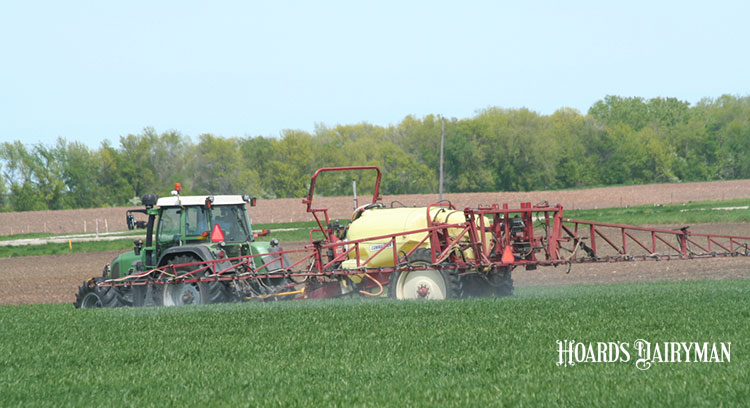
This year’s planting season is setting up to be an expensive one, considering the skyrocketing prices for fuel and fertilizer. Another hurdle for 2022 is a shortage of commonly used herbicides, including glufosinate and glyphosate.
During a Badger Crop Connect webinar, University of Wisconsin-Madison’s Weed Science Outreach Program Manager Nick Arneson offered a few pieces of advice for handling the current herbicide situation.
“Work with your dealer as soon as possible and have a plan for your weed control in terms of chemical needs,” Arneson said. Then, work on securing the products you need.
“Fill the cupboard,” Arneson continued. He recommended making purchases and acquiring products now, so that those products are stored on the farm for when they are needed later.
He also encouraged farmers to place these products strategically. He noted that glysophate is one of the most limited products right now, so ask yourself where it is needed most.
“We argue you need herbicides more on your soybean acres than on your corn,” Arneson shared. That is something to consider when planning purchases and applications.
He also addressed cover crops, noting that glysophate is the foundation of an effective chemical termination of cereal rye cover crops. He said to consider using the herbicide at a “grass rate,” according to the label, if paired with an effective broadleaf herbicide in the mix.
Lastly, he said to remain flexible, as the situation continues to change. “Nothing is final yet. Until the products are in your hands, you don’t know if you have them or not,” he concluded.








